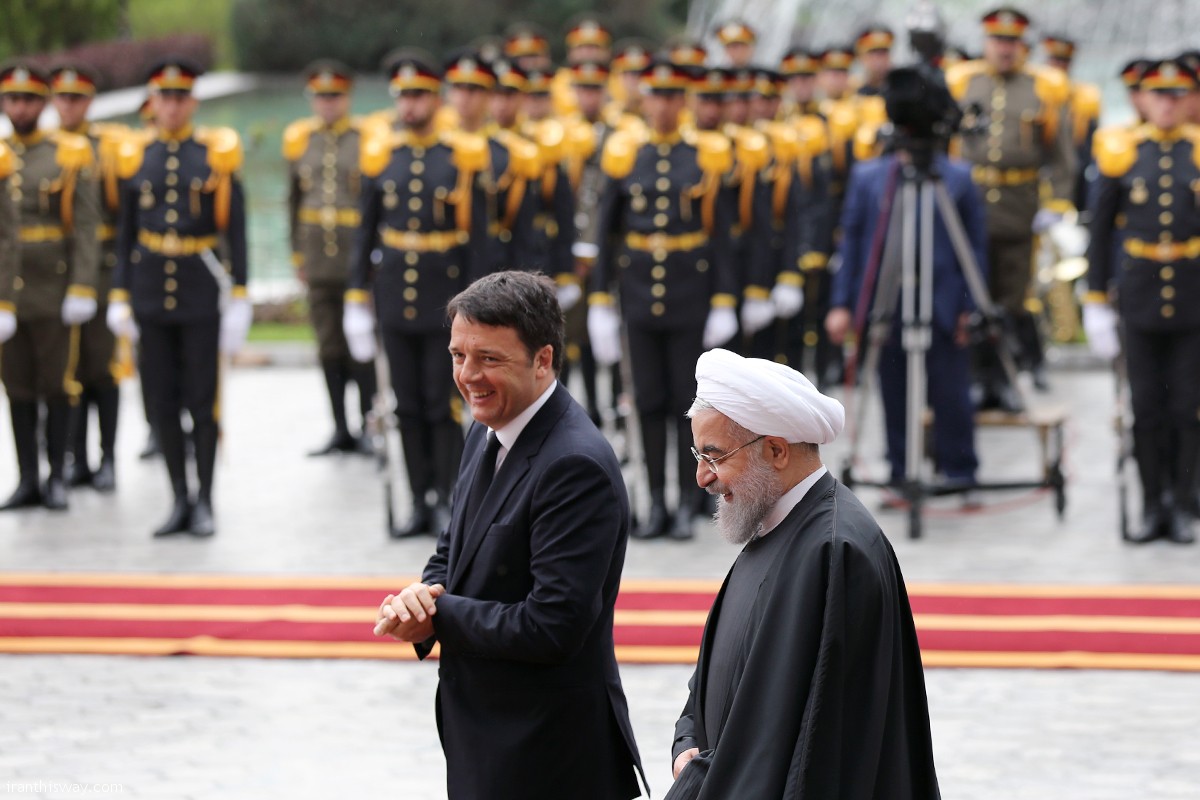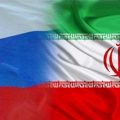Iranian satellite “Khayyam” launched by Soyuz rocket from Kazakhstan Baikonur Cosmodrome in cooperation with Russia. The Khayyam satellite whose ownership is for Iranian Space Agency is proper for making smart different parts of the country.
The home-made Iranian satellite is also aimed at improving agricultural productivity, monitoring water resources and management of natural disasters, among other things.
The Iran develops domestic capabilities and will continue such a cooperation in order to meet its needs and accelerate the process of development in space technology.
Iran’s Minister of Communication and Information Technology Issa Zarepour, who has traveled to Kazakhstan for launch of Khayyam, said through a video message that Iranian Space Agency will continue scientific and technological cooperation with countries which are pioneers in the space industry.

Khayyam satellite was successfully placed in the 500 km orbit of the earth
“Alireza Naimi”, Director General of Space Operation and Space Operations of the Iran Space Organization, announced in an interview: During the process carried out by the satellite carrier, after one hour it was separated from the satellite carrier and placed in a circular orbit 500 km from the earth’s surface. Half an hour later, we received the first telemetry data.
He added: “Receiving the first signals was very happy and satisfying for us, and it can be said that the Khayyam satellite is in a very good condition.”
Naimi said: The satellite is not yet in a condition where we can say that it has entered the practical stage. To achieve this goal, we need about four months to be able to provide the images received from this satellite to the people. (read here)
Khayyam’s sensing satellite has high imaging accuracy and transmits images with a resolution of one meter to the ground.
This satellite is owned and operated by the Islamic Republic of Iran. Guidance and control will be received from ground stations in Iran, and the information and images sent will also be received at these stations.

Omar Khayyam: Persian poet and astronomer
Omar Khayyam, Arabic in full Ghiyāth al-Dīn Abū al-Fatḥ ʿUmar ibn Ibrāhīm al-Nīsābūrī al-Khayyāmī, (born May 18, 1048, Neyshābūr [also spelled Nīshāpūr], Khorāsān [now Iran]—died December 4, 1131, Neyshābūr), Persian mathematician, astronomer, and poet, renowned in his own country and time for his scientific achievements but chiefly known to English-speaking readers through the translation of a collection of his robāʿīyāt (“quatrains”) in The Rubáiyát of Omar Khayyám (1859), by the English writer Edward FitzGerald.
His name Khayyam (“Tentmaker”) may have been derived from his father’s trade. He received a good education in the sciences and philosophy in his native Neyshābūr before traveling to Samarkand (now in Uzbekistan), where he completed the algebra treatise, Risālah fiʾl-barāhīn ʿalā masāʾil al-jabr waʾl-muqābalah (“Treatise on Demonstration of Problems of Algebra”), on which his mathematical reputation principally rests. In this treatise he gave a systematic discussion of the solution of cubic equations by means of intersecting conic sections. Perhaps it was in the context of this work that he discovered how to extend Abu al-Wafā’s results on the extraction of cube and fourth roots to the extraction of nth roots of numbers for arbitrary whole numbers n.
He made such a name for himself that the Seljuq sultan Malik-Shāh invited him to Eṣfahān to undertake the astronomical observations necessary for the reform of the calendar. (See The Western calendar and calendar reforms.) To accomplish this an observatory was built there, and a new calendar was produced, known as the Jalālī calendar. Based on making 8 of every 33 years leap years, it was more accurate than the present Gregorian calendar, and it was adopted in 1075 by Malik-Shāh. In Eṣfahān he also produced fundamental critiques of Euclid’s theory of parallels as well as his theory of proportion. In connection with the former his ideas eventually made their way to Europe, where they influenced the English mathematician John Wallis (1616–1703); in connection with the latter he argued for the important idea of enlarging the notion of number to include ratios of magnitudes (and hence such irrational numbers as Square root of√2 and π).
His years in Eṣfahān were very productive ones, but after the death of his patron in 1092 the sultan’s widow turned against him, and soon thereafter Omar went on a pilgrimage to Mecca. He then returned to Neyshābūr where he taught and served the court as an astrologer. Philosophy, jurisprudence, history, mathematics, medicine, and astronomy are among the subjects mastered by this brilliant man.
Omar’s fame in the West rests upon the collection of robāʿīyāt, or “quatrains,” attributed to him. (A quatrain is a piece of verse complete in four lines, usually rhyming aaaa or aaba; it is close in style and spirit to the epigram.) Omar’s poems had attracted comparatively little attention until they inspired FitzGerald to write his celebrated The Rubáiyát of Omar Khayyám, containing such now-famous phrases as “A Jug of Wine, a Loaf of Bread—and Thou,” “Take the Cash, and let the Credit go,” and “The Flower that once has blown forever dies.” These quatrains have been translated into almost every major language and are largely responsible for colouring European ideas about Persian poetry. Some scholars have doubted that Omar wrote poetry. His contemporaries took no notice of his verse, and not until two centuries after his death did a few quatrains appear under his name. Even then, the verses were mostly used as quotations against particular views ostensibly held by Omar, leading some scholars to suspect that they may have been invented and attributed to Omar because of his scholarly reputation.
Each of Omar’s quatrains forms a complete poem in itself. It was FitzGerald who conceived the idea of combining a series of these robāʿīyāt into a continuous elegy that had an intellectual unity and consistency. FitzGerald’s ingenious and felicitous paraphrasing gave his translations a memorable verve and succinctness. They are, however, extremely free translations, and more recently several more faithful renderings of the quatrains have been published.
The verses translated by FitzGerald and others reveal a man of deep thought, troubled by the questions of the nature of reality and the eternal, the impermanence and uncertainty of life, and man’s relationship to God. The writer doubts the existence of divine providence and the afterlife, derides religious certainty, and feels keenly man’s frailty and ignorance. Finding no acceptable answers to his perplexities, he chooses to put his faith instead in a joyful appreciation of the fleeting and sensuous beauties of the material world. The idyllic nature of the modest pleasures he celebrates, however, cannot dispel his honest and straightforward brooding over fundamental metaphysical questions. This article was most recently revised and updated by Amy Tikkanen.





